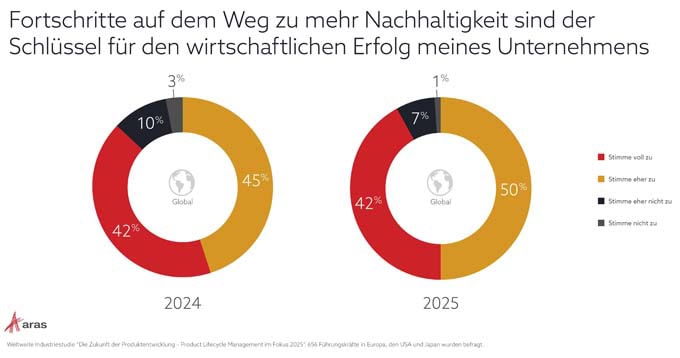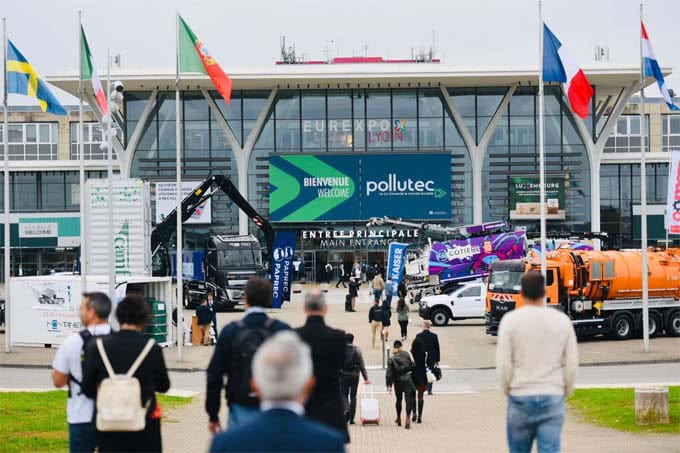Success is the greatest enemy of change
Rapid technological change, correspondingly short innovation cycles and a high degree of internationalization of the economy demand that even small companies continuously deal with the question of how the resulting requirements can be met. Prof. Dr. Dr. h.c. mult. Hermann Simon, founder and chairman of SIMON-KUCHER & PARTNERS Strategy & Marketing Consultants, Bonn, points out in an interview key points for business assertion

MQ: Professor Simon, from a fundamental perspective, what is the safest way for companies to put themselves out of business under today's operating conditions?
Hermann Simon: Arrogance, too much self-confidence and, as a result, arrogance. It is always amazing that yesterday's market leader is not tomorrow's market leader. In 2004, I visited Nokia. The Finnish mobile phone company was at the height of its success at the time, had a global market share of around 40 percent and considered itself unbeatable. Rarely have I seen such arrogant executives. Nokia had 19 000 employees in its research and development department at the time. Even that obviously didn't help, because they thought they were unbeatable. Success is the biggest enemy of change. One person who expressed a contrary attitude was my old friend Gerhard Neumann, the long-time CEO of General Electric Aircraft Engines, the world leader in jet engines. He delivered several of the most important innovations in that industry and, in his day, developed both the best-selling military engine and the best-selling private engine. There was always a sign behind his desk with the words "Feel Insecure." Even when you are the market leader, when you seem unbeatable, you should feel insecure, because only then are you open to change and innovation.
And that means in practical consequence?
Keeping ears and eyes open to the market and customers. Nokia did not lack internal competence. They certainly would have been able to achieve technologically everything that Steve Jobs later achieved at Apple in terms of innovations. But obviously Nokia did not understand or did not interpret correctly the real needs of the customers and the competences of the competitors. The consequence of this is: don't rely on technology and internal competencies alone, but keep your ear to the customer and the market. This is the only way to not only survive the next wave of innovation, but to actively shape it.
Which brings us to the offer design!?
That's right. And here it is crucial to harmonize customer needs and technological competencies or to give them equal weight as driving forces. Interestingly, 65 percent of the hidden champions, the medium-sized global market leaders, manage to do this. By contrast, only 19 percent of large companies say that they succeed in balancing these two driving forces of innovation. The vast majority of large companies are either one-sidedly technology-driven or one-sidedly market-driven, but fail to achieve integration. Behind these weightings, a very crucial issue is customer proximity. To put it in quantitative terms: At the hidden champions, 38 percent of the employees have regular customer contact, at large companies it is only eight percent. This is a serious difference that has a direct impact on the internal behavior and attitude of the employees.
A price belongs to an offer. What is there to consider regarding pricing?
The most important thing about price, I can only emphasize again and again, is not the price as such, but the "value-to-customer", the value or benefit offered to the customer. We are talking here, of course, about the customer's perceived benefit, not a technical, objective value that an expert might see. So the primary concern must be to create customer value first in the product, to communicate it effectively, and then, in the case of enduring products, to make it enduring. When it comes to communication, many companies struggle. They believe that a good product more or less sells itself. That may be true in times of scarcity. But today we have overcapacity in almost all markets, the products are technically very similar, and the difference is often only in the communication and not least in the brand. Communication and brand, with the exception of the automotive industry, are usually not the strengths of companies. Here they simply have to get better, especially on a global scale. Looking specifically at Germany, for example, we also see that it is important for products to have a high residual value. We know from the car industry, for example, that the price of a used car has a very strong effect on the willingness to pay for a new car. Too frequent innovations and model changes can even be harmful in this respect.
Professor Simon, to what extent does the business model also need to be regularly reviewed in a rapidly changing economic world?
Of course, the business model has to be reviewed on an ongoing basis. But you should also be realistic, because there are big differences between markets. Let's take furniture retailing for example. Is this retail sector affected by the Internet? At first, most people would say: not so much. However, this could prove to be a big mistake, as an example shows: A local furniture retailer makes 4.5 million euros in sales with his stationary store. In addition, he has been operating a homepage with a very good name for several years. Through this channel he now turns over 45 million euros. On the other hand, if we take the business with fresh bread rolls in the morning, it seems to be rather unaffected by the Internet. However, there has been a change from the self-employed baker to the branch model there, so there has also been a change in the business model. Or take SMS, which is being displaced by Whatsapp. Who would have thought that two or three years ago?
Corporate success results from the efficient interaction of the various operational areas of responsibility. Which area poses the greatest threat to the company's existence if it fails?
Here is a very clear answer: The bottleneck is almost always sales. It is astonishing how many entrepreneurs and especially start-ups underestimate the difficulties of sales. It is not as if there are many unmet needs today. Rather, there are already quite good offers for almost all problems. One must assert oneself against these. This requires a lot of effort. This statement is even more true in foreign markets than in the domestic market, where you often already have a good name recognition. Another bottleneck is, of course, personnel, especially in internationalization. You can never have too many people who can be deployed internationally and drive globalization.
Explain that a little more, please.
I have often talked my head off and advised stronger sales activities. But when an entrepreneur is so convinced of his product and believes that it sells itself, then often the only way to help is to confront reality. In other words, the market has to show him that it won't work without very good sales. Unfortunately, valuable time is often lost in this process. With regard to the bottleneck "internationally deployable personnel", one can only advise appropriate personnel development. That means systematically sending young people abroad so that they acquire the necessary experience, and additionally recruiting junior staff from abroad. Even if they are not absolutely needed today, they will be necessary and very valuable in the future.
Professor Simon, as founder and chairman of an internationally respected and successful management consultancy, please, your very personal advice to owners and managers!
Here I quote my favorite saying by Seneca "Per aspera ad astra", loosely translated: "On rough paths to the stars". Success doesn't fall into your lap, you have to work hard and above all have a lot of perseverance. It will never be without setbacks. I recently spoke with Gerlinde Kaltenbrunner, the first woman to climb all 14 eight-thousanders. She attempted seven times over a seven-year period to conquer 8611m K2, the world's second highest mountain on the border between Pakistan and China. Despite unimaginable, tragic setbacks, she never gave up and finally made it in 2011. It's much the same with lasting success in business, and especially with globalization.









